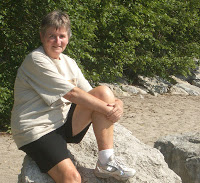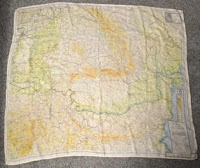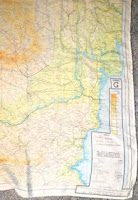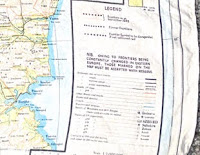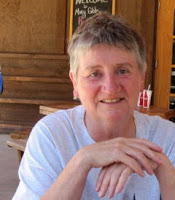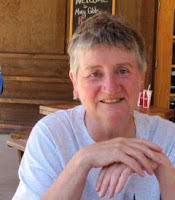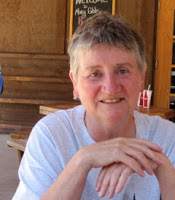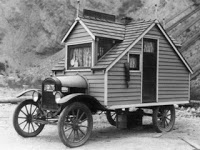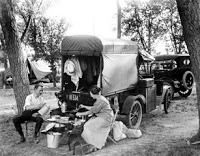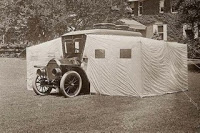The only living creature who actually looks upon a human through the eyes of love surely has to be the dog. The first time I was married we had a dog who gazed at me with what I saw, anyway, as pure adoration. His eyes glowed, his mouth smiled and his long wet tongue lolled down below his chin.
‘How come you never look at me like that?’ I asked my husband one day.
From that day on I would occasionally glance towards him only to find him staring at me in a weird glassy- and bug-eyed way, his head on one side and his mouth half open and his tongue hanging out but far from reaching his chin. He did it from hands and knees on the floor to rolling around on the lawn. ‘A’ for effort but it was no good. It fell way short of canine idolatry. I have never asked Betsy to give it a try.
Of course, the expressions we see in animals’ faces are purely our interpretations. Maybe that doggie worship that we see simply means something like, where the hell’s my dinner? Maybe when the cat who owns you reduces your ego to the size of a pea with that look of pure disdain, she is really thinking how very wonderful you are; but I seriously doubt it!
In many parts of the world we humans put great stock in eye contact. How good we are at interpreting what we see in another’s eyes, though, is questionable. On occasion I really am seeing my Beautiful Betsy through the eyes of love, simply enjoying watching her every move as she plants the petunias, and she will suddenly say, very suspiciously,
‘What? Why are you staring at me like that? Did you want me to plant these somewhere else?’
Not long ago I read a story about a young man who, I was convinced, kept looking at me with the eyes of love – well, maybe not quite, perhaps infatuation or at least lust – until he confessed that my fascination for him was simply that I reminded him so much of his mother!
But seriously, being regarded through the eyes of love is a truly beautiful thing; one of the greatest gifts in life. A longtime friend of mine, a woman without a partner in life and no children or siblings, said, when her mother died not long after her father,
‘Now there’s no-one left to look at me with love.’
I thought it one of the saddest things I have ever heard. We all need to be looked upon through the eyes of love. I was going to continue, in fact we all, down to the meanest of us, deserve it.
Perhaps Eva Braun even looked at Hitler that way. But visions of the Orange Ogre leapt into my head and no, I’m sorry, everyone does not deserve it.
The best of all, though, is looking out through your own eyes with love. I cannot, or I choose not to, imagine a world in which I have no-one and nothing on whom or which to gaze with love. And you know the best thing about that? It is one of very few things that are completely within my own control. No-one can take it from me. I cannot force anyone to look upon me through the eyes of love, but how I look out through my own eyes is completely up to me. Should I ever be left alone, bereft of anyone I perceive as loving me, as my friend felt herself to be, I hope I can continue to see many of those around me through my own eyes of love. And failing that, surely I can still fall back upon the love for all things, both animate and inanimate, that I so valuably learned from my family as a child. There is always a flower, a rock, raindrops and snowflakes. When I can no longer look through the eyes of love, I guess it will be time to go.
© June 2017
I was born and raised in England. After graduation from college there, I moved to the U.S. and, having discovered Colorado, never left. I have lived in the Denver-Boulder area since 1965, working for 30 years at IBM. I married, raised four stepchildren, then got divorced after finally, in my forties, accepting myself as a lesbian. I have been with my wonderful partner Betsy for thirty years. We have been married since 2013.
